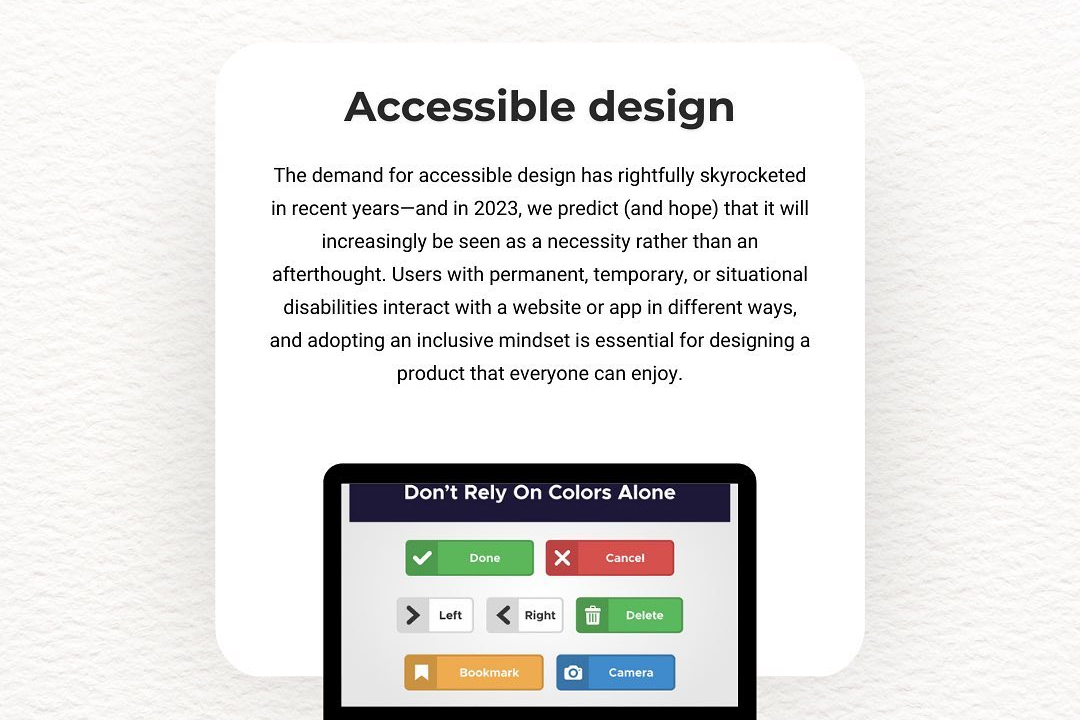Android Design Patterns
Best Practices for Android Design Patterns
Android Design Patterns
Android design patterns are standard solutions to common problems in app development, aimed at creating robust, maintainable, and scalable applications. Some of the most widely used patterns include the Model-View-Controller (MVC), which separates the application's data, UI, and control logic; the Model-View-ViewModel (MVVM), which facilitates two-way data binding and enhances the separation of concerns; and the Repository pattern, which abstracts data sources to provide a clean API for data access. Additionally, the Singleton pattern ensures a class has only one instance, often used for managing resources like databases or network connections. By employing these patterns, developers can improve code organization, enhance testability, and streamline collaboration among team members throughout the app's lifecycle.
To Download Our Brochure: https://www.justacademy.co/download-brochure-for-free
Message us for more information: +91 9987184296
1 - Model View Controller (MVC): A design pattern that separates the application into three interconnected components. The Model manages the data logic, the View displays the information, and the Controller handles user input.
2) Model View Presenter (MVP): Similar to MVC, MVP separates concerns but introduces the Presenter as an intermediary between the Model and View. The Presenter handles the logic and updates the View, making it easier to test and manage.
3) Model View ViewModel (MVVM): A pattern that introduces the ViewModel to facilitate data binding between the UI (View) and the data (Model). It allows for more modular code and better separation of UI and business logic.
4) Singleton Pattern: A design pattern that restricts the instantiation of a class to one single instance. This is often used for shared resources in Android, like an application context.
5) Repository Pattern: This pattern serves as a mediator between the data source (like a database or a web service) and the rest of the application. It abstracts the data access and provides a clean API for data operations.
6) Observer Pattern: A behavioral pattern where objects (observers) subscribe to another object (the subject) to receive notifications when changes occur. Often used in Android for observing LiveData or Firebase data changes.
7) Command Pattern: A pattern that encapsulates a request as an object, allowing for parameterization, queuing of requests, and logging of the requests. It can be useful for implementing undo/redo functionality.
8) Decorator Pattern: This pattern allows you to add functionalities to individual objects without affecting the behavior of other objects from the same class. It's useful for extending the UI components dynamically.
9) Adapter Pattern: A structural pattern that allows incompatible interfaces to work together. In Android, this is commonly used with RecyclerView adapters to populate lists with data.
10) Factory Pattern: A creational pattern that provides a way to create objects without specifying the exact class of the object that will be created. This is useful for creating different types of UI components without exposing the instantiation logic.
11) Service Locator Pattern: A design pattern used to abstract the process of obtaining dependencies, providing an easy way to access services and dependencies throughout the application.
12) Strategy Pattern: A behavioral pattern that enables selecting an algorithm’s behavior at runtime. In Android, this can be used for managing different actions based on user inputs or configurations.
13) Chain of Responsibility Pattern: A behavioral pattern that passes a request between a chain of handlers. This is useful for implementing features like event handling or request processing in Android applications.
14) Builder Pattern: A creational pattern that allows for creating complex objects step by step. This pattern is particularly useful in Android for constructing dialog boxes, notifications, or activities.
15) Facade Pattern: A structural pattern that provides a simplified interface to a complex subsystem. In Android, this can be used to simplify the APIs for accessing components like databases or network layers.
16) Flyweight Pattern: A structural pattern that reduces the cost of creating and manipulating a large number of similar objects. It is effective in improving performance by sharing common data between instances.
17) Prototype Pattern: A creational pattern that involves creating new objects by copying an existing object, known as the prototype. This pattern is useful for applications that require a lot of similar objects but with small variations.
These design patterns can help structure Android applications effectively, providing solutions to common problems while making the code more maintainable, scalable, and easier to understand.
Browse our course links : https://www.justacademy.co/all-courses
To Join our FREE DEMO Session: Click Here
Contact Us for more info:
- Message us on Whatsapp: +91 9987184296
- Email id: info@justacademy.co
full stack developer course in delhi












